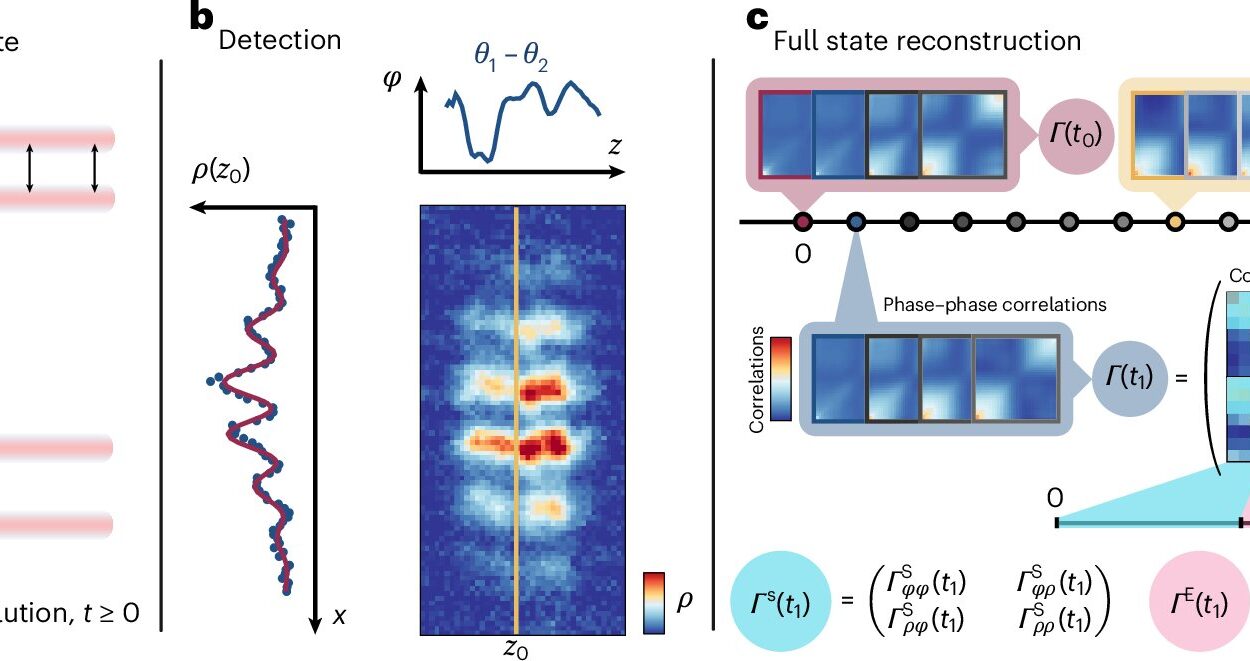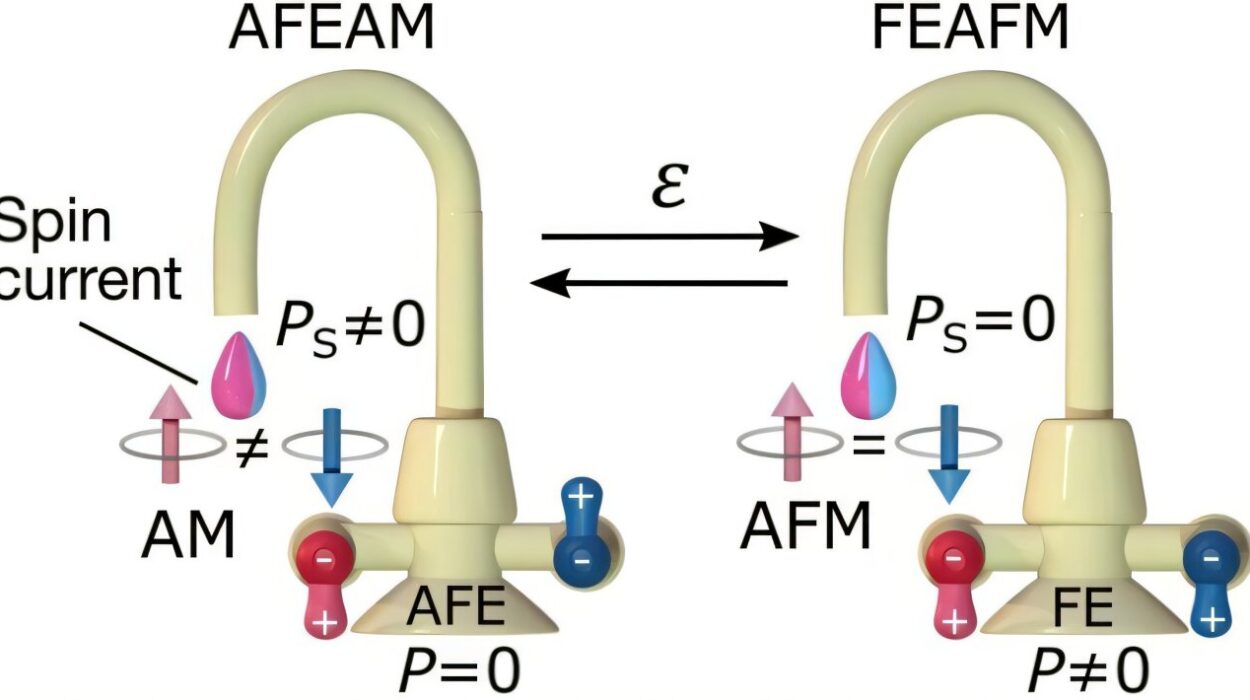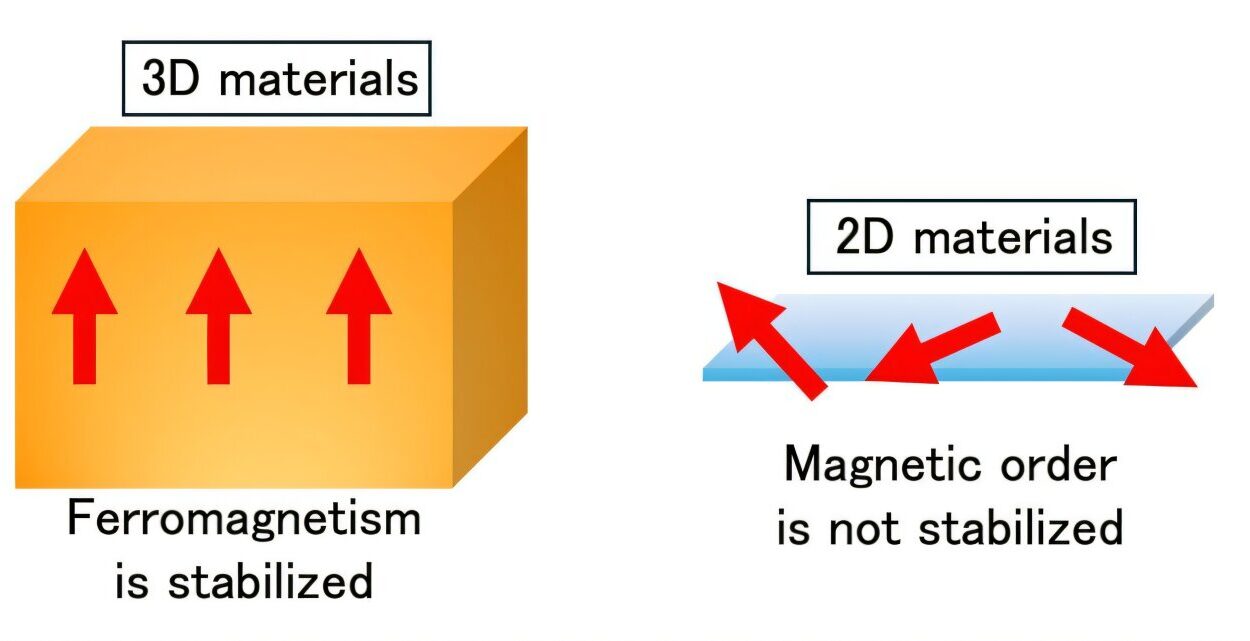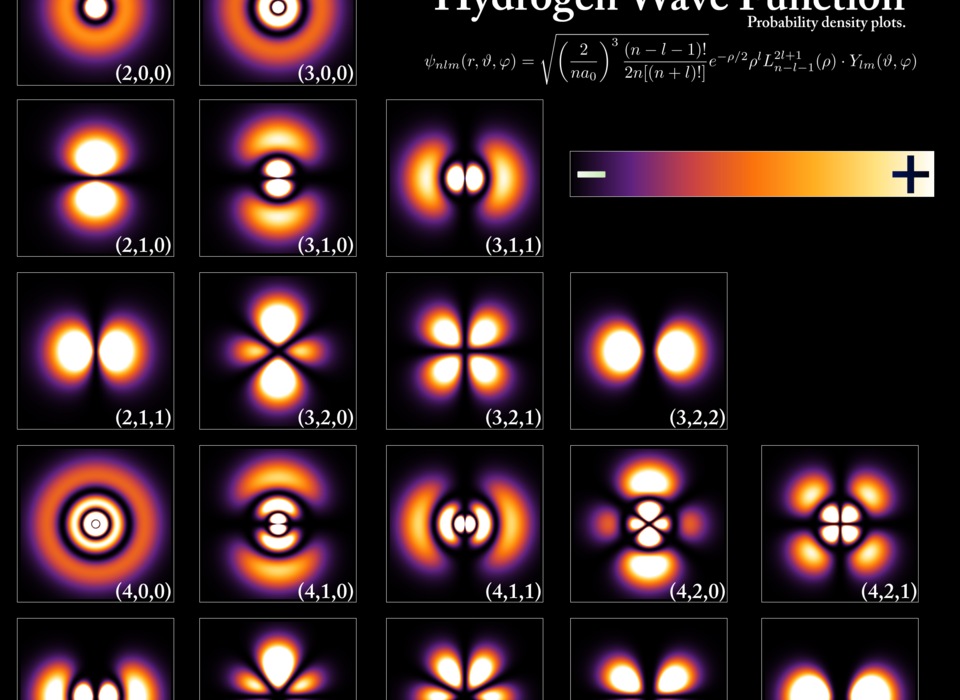In a sunlit lab at the University of Wollongong, where the boundaries of physics are constantly being rewritten, a team of researchers has just cracked a puzzle that has stumped scientists for nearly four decades. Their discovery, recently published in Advanced Materials, may reshape how energy flows through the technology we use every day—and even open the door to a new era of quantum devices that operate with zero loss.
The team, based at the Institute for Superconducting and Electronic Materials (ISEM), has done something extraordinary. Led by Distinguished Professor Xiaolin Wang and Dr. M. Nadeem, and supported by Ph.D. candidate Syeda Amina Shabbir and Dr. Frank Fei Yun, the researchers have found a way to unlock the long-sought quantum anomalous Hall (QAH) effect—a rare phenomenon where electricity flows around the edges of a material with perfect precision and zero resistance.
The Quantum Puzzle That’s Finally Solved
For 40 years, physicists around the globe have chased the QAH effect, a state in which electrons move without dissipating energy, like cars zipping down a frictionless superhighway. In conventional electronics, some of the energy is always lost as heat—hence hot laptops, phone batteries that die, and electricity grids that waste power. But with QAH materials, energy loss could be a thing of the past.
The Wollongong team’s key to solving this mystery? Entropy engineering—a novel strategy that embraces the disorder of atoms to create a more ordered quantum result.
Instead of using uniform atomic materials, the researchers created a 2D material—a single atom thick—by blending four different types of metal atoms. This controlled randomness at the atomic level transformed the material’s quantum landscape. It reshaped the internal electronic structure and opened up a “topological bandgap,” a sort of invisible tunnel that guides electrons cleanly around the material’s edge, without them scattering or slowing down.
“It’s like building a superhighway for electrons,” explained Dr. Nadeem, who led the theoretical modeling. “Our entropy-driven design not only reshaped the electronic bands, but also opened a stable gap that ensures edge-state conduction. That’s essential for making these quantum systems work outside the lab.”
Why It Matters: From Quantum Dreams to Daily Life
The implications of this breakthrough are vast. Imagine computers and phones that never overheat, medical imaging devices that operate faster and more accurately, and quantum computers that finally reach practical, reliable performance. These quantum materials could even play a role in solving global energy crises—creating power systems that retain electricity for days or weeks without loss.
“This is a significant step toward practical quantum devices that are energy-efficient, scalable and resilient,” said Professor Wang. “Our method opens a new avenue to design 2D quantum materials with robust topological properties.”
The discovery is not just theoretical—it advances a special class of materials called spin-gapless semiconductors, a field Professor Wang himself helped pioneer. These materials are central to the next generation of quantum tech, where spin and charge—the twin properties of electrons—can be harnessed simultaneously to transmit information in entirely new ways.
A New Era of Quantum Design
Entropy—often seen as a measure of disorder—is typically something engineers try to avoid. But here, the UOW team flipped that concept on its head. By engineering entropy, they found a way to make randomness work for them, fine-tuning the atomic arrangement just enough to achieve the desired quantum effects.
“We’re not just working with nature,” said Dr. Yun, “we’re guiding it toward something entirely new. This isn’t just another material. It’s a design strategy for the future of quantum science.”
And that future is closer than ever. Because the method is scalable and based on materials that can, in principle, be mass-produced, it holds promise for everything from consumer electronics to national energy infrastructure.
From Australia to the World
This breakthrough is more than a local success. It positions the University of Wollongong and Australian science at the forefront of global quantum innovation. As the race toward practical quantum computing heats up—with giants like Google, IBM, and startups worldwide investing billions—this new method offers a fresh path forward, one grounded in fundamental physics and elegant simplicity.
Professor Wang believes this is just the beginning.
“We are creating a new class of quantum materials that open fresh horizons for novel quantum physics and devices. The possibilities ahead of us are limitless.”
A Future Without Waste
In a world increasingly conscious of energy efficiency and sustainability, this research marks a turning point. It doesn’t just solve a scientific mystery—it builds a bridge to a future where technology doesn’t take more than it gives. Where phones stay cool, data moves faster than light can blink, and power isn’t squandered but preserved.
It’s a vision of a world where quantum mechanics doesn’t just live in chalkboard equations, but in the palm of your hand.
And with the superhighways of tomorrow now under construction—one atom at a time—that future may be closer than we think.
Reference: Syeda Amina Shabbir et al, Tailoring Robust Quantum Anomalous Hall Effect via Entropy‐Engineering, Advanced Materials (2025). DOI: 10.1002/adma.202503319






